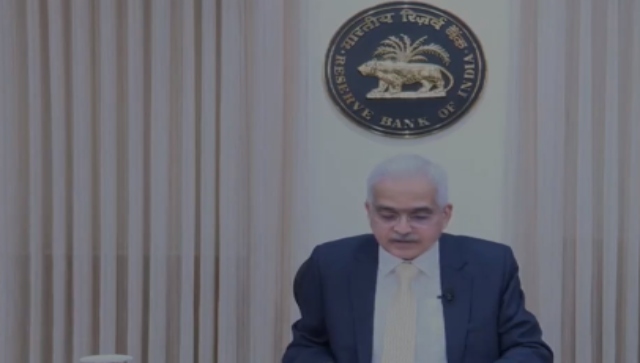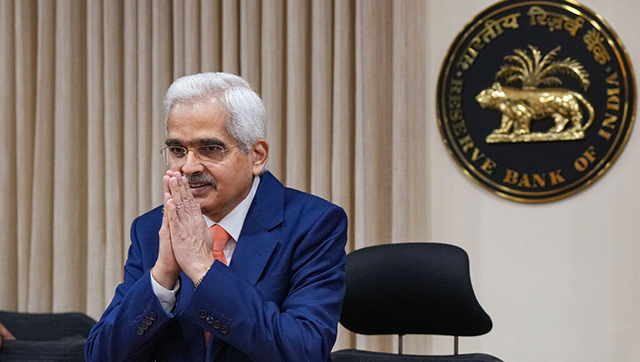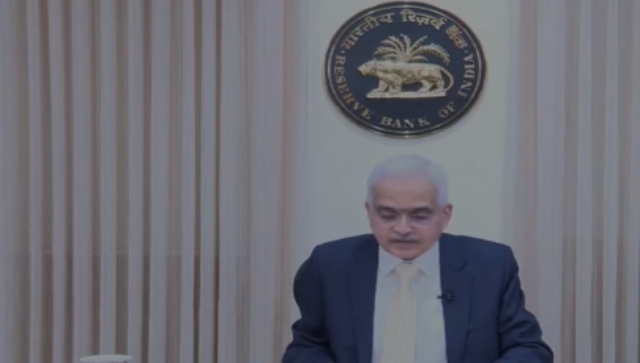This year’s Union Budget is unique and a first-of-its-kind in many ways, and that’s why it has been hailed as ‘mega budget’.
It’s the first time since Independence that the Union Budget and Railway Budget have been merged into one. Instead of presenting the Budget on the last day of February, it has been advanced to 1 February — almost by a month.
This year’s Budget will be the first annual policy document with no linkage to a Five-Year Plan and is expected to present a new roadmap for development. The Plan and Non-Plan expenditures have been merged, something that was indicated during the last Budget.
All these have made this year’s drafting of the roadmap for annual financial health more challenging.
Players behind today’s mega show
It’s a team tucked away in the Ministry of Finance in the quarantine zone of North Block in the National Capital. The finance minister’s crack team that makes the Budget for the entire country has the power to change not just the course of an individual’s life, but that of the entire country. And the pressure is manifold as the document that this team prepares is the most secret document in the country.
Firstpost takes a look at the key players of this crack team involved in the preparation of the Union Budget 2017-18, that remains a top secret till the finance minister begins to deliver his speech.
Role of core players in the Budget crack team
Finance Minister: Arun Jaitley heads the crack team, who is also the de facto leader and the face of the Budget. He is responsible for the entire financial document and the onus of receiving bouquets as well as brickbats for the Budget is solely his. He also scripts the Budget speech (sometimes assisted by the MoS and/or FS/CEA).
Ministers of State (MoS) for Finance: Santosh Kumar Gangwar and Arjun Ram Meghwal assist the finance minister, give him inputs while interacting across the spectrum of the Ministry of Finance. Often, the MoS helps the minister to write the Budget speech.
Finance Secretary: Ashok Lavasa, who’s also the expenditure secretary, is the third most important person in rank in the crack team. In fact, as finance secretary, he’s in charge of the Budget-making process overall. He looks after fiscal consolidation, managing the fiscal deficit, devolution of funds (provisioning), overall expenditure of the government and its control, allocation of Centre-sponsored schemes, etc.
Secretary, Economic Affairs: Shaktikanta Das is a key player in the process, as this department plays a pivotal role in the preparation of the Union Budget. He interacts with various stakeholders from different sectors. He coordinates with the Reserve Bank of India, with a focus on economic growth vis-à-vis keeping inflation in check.
Revenue Secretary: Hasmukh Adhia heads the department that generates revenue for running all ministries and departments. This makes his position not only important but crucial as well, because every allocation is based on the availability of funds with the government. It’s the revenue secretary who through the Budget has to ensure fund flow to expenditure already committed—to various government schemes, etc. As the Central Board of Direct Taxes (CBDT) and Central Board of Excise and Customs (CBEC) fall under his purview, he’s also responsible for tax reforms, better tax compliance, how to increase revenue through transparent taxation. When the Budget in announced, one of the most important aspects people keep a watch on is the Income Tax slabs and exemptions. The RS provides inputs on tax structuring in the Budget.
Secretary, Financial Services: Anjuli Chib Duggal is another important player in Budget preparation as she is responsible for policy, planning and implementation of reforms in banking and insurance sectors. She also provides inputs on improvements that can be made in the Budget in these two sectors and how to boost agricultural credit. Financial inclusion and debt recovery are other areas.
Secretary, Disinvestment: Neeraj Kumar Gupta as the secretary of this department, renamed as Department of Investment and Public Asset Management disinvestment sets disinvestment target in the Budget for the next financial year based on expectations in the domestic and international market. The targets are set on the basis of economic predictions. Also responsible for matters relating to disinvestment of central government equity from Central Public Sector Enterprises (CPSEs) and sale of central government equity.
Chief Economic Advisor: As CEA, Arvind Subramanian — a key player who works in tandem with Secretary, Economic affairs, gives inputs on overall economic scenario, growth prospects in various sectors from agriculture to industry and steps to be taken for effective implementation of announcements.
Joint Secretary, Budget: Prashant Goyal – he’s a part of the economic affairs department and nodal point in the Budget-making process. It’s under his supervision the entire exercise from collection, collation and scripting of information to final printing of volumes of Budget documents takes place. He has to be in constant touch with all the players in the crack team — from finance minister to secretaries. The joint secretary, Budget sometimes plays a role in the inking of the finance minister’s speech.
The others:
Central Board of Direct Taxes (CBDT) and Central Board of Excise and Customs (CBEC): Chairmen of CBDT and CBEC respectively Sushil Chandra and Najib Shah play key roles in generating revenue through direct and indirect taxes; play important role in structuring revenue inflow to meet expenditures in the Budget.
Principal Advisor (Cost) and Financial Advisors (FAs): It functions under the Department of Expenditure. In the Budget preparation, it manages the multifarious and complex issues related to financial and cost management matters, management of fiscal resources, Budget and budgetary control, etc. The role of FAs — who work as advisors in respective ministries and departments of the central government, is to review the expenditure management and to drive home the point of efficient and effective use of budgets made available to the departments under their domain.
Financial Commissioner (FC), Indian Railways: FC, who’s also an ex-officio secretary to the Government of India, plays a vital role as the topmost authority in managing finances of Indian Railways, including the Railway Budget. This time Railway Budget has been merged with Union Budget.
Top secret in the quarantine zone
Though Budget-making process begins sometime in September, when the finance ministry asks other ministries and departments to send their respective requirements, the final shape to Budget making takes place (final compilation, documentation and printing) in the third week of February in the quarantine zone inside the North Block that houses the Ministry of Finance, under the watch of the Intelligence Bureau (IB), CISF and Delhi Police. It begins with a ritual called the ‘halwa ceremony’.
A battery of around 100 officials works almost round-the-clock and each member of this team is completely out of communication with the outside world (including family) till the Budget gets tabled in the Parliament by the finance minister. The use of fixed line and mobile phones is absolutely banned. Such is the secrecy of the Union Budget-making process.


)




)
)
)
)
)
)
)
)